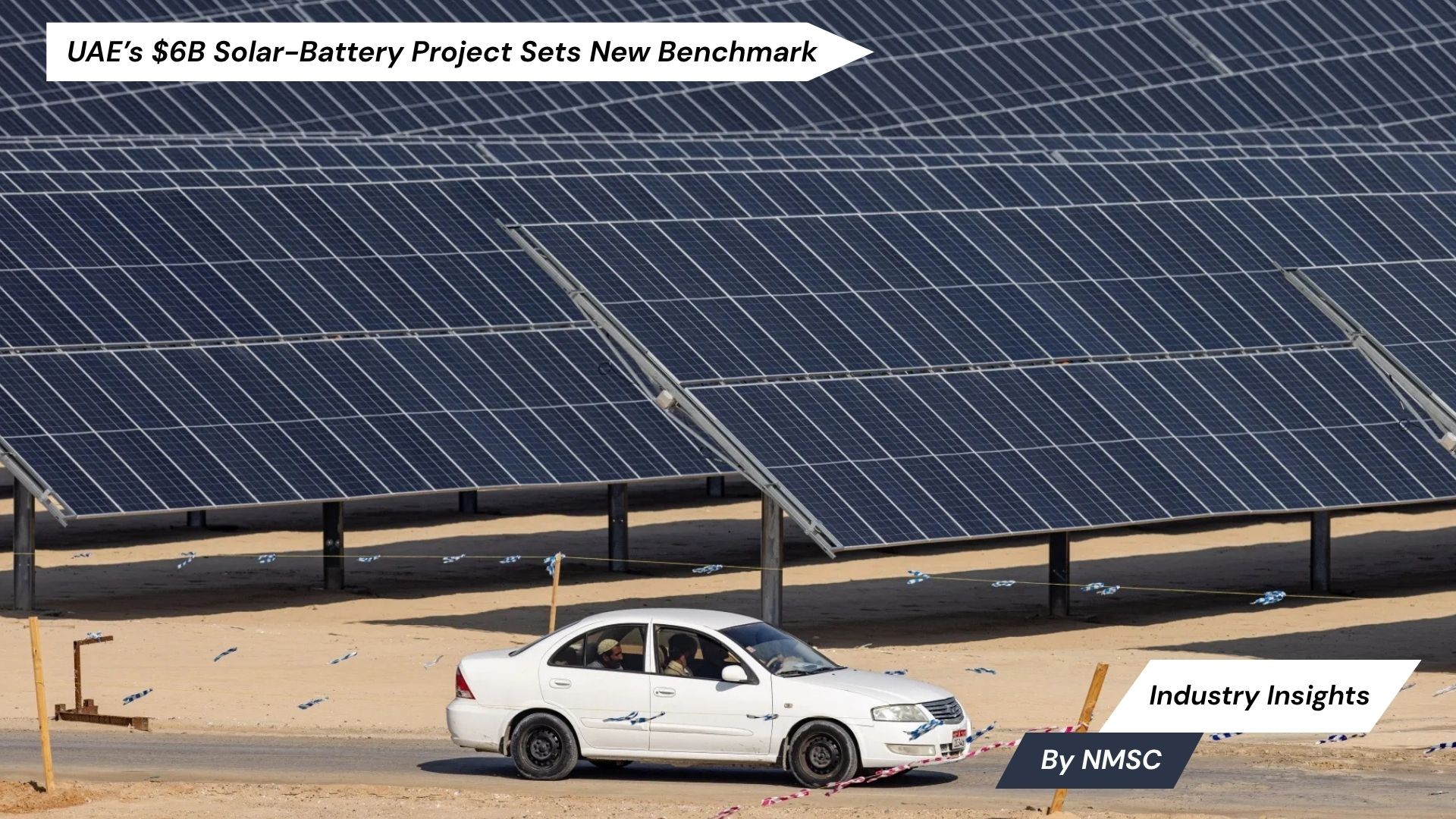Asia-Pacific Heat Exchangers Market is expected to reach USD 14302.3 million by 2030
Published: 2025-01-27
Rising urbanization and industrialization and growing demand for renewable energy are driving up demand for the Asia-Pacific heat exchangers market during the forecast period.
The Asia-Pacific Heat Exchangers Market size was valued at USD 7978.0 million in 2023 and is predicted to reach USD 14302.3 million by 2030, with a CAGR of 8.1% from 2024 to 2030, according to new research by Next Move Strategy Consulting.
The growth of industrialization and urbanization in the Asia Pacific region significantly influences the expansion of the heat exchangers market. As manufacturing, energy, and construction sectors expand, there's a rising need for efficient heat exchange solutions to meet diverse industry demands.
Sectors such as power generation, relying heavily on heat exchangers for tasks such as steam production and turbine cooling, witness notable growth due to increasing energy demands. Moreover, the surge in construction projects fuels demand for HVAC systems in commercial and residential buildings, driving the need for heat exchangers in air conditioning and refrigeration applications.
Additionally, significant shifts in the heat exchangers market occur due to the expanding middle class and ongoing urbanization trends. Urbanization brings a heightened demand for convenient food options and optimized supply chains, maximizing resource utilization such as energy, water, and raw materials.
Consumers increasingly prioritize food and beverage products with minimal environmental impact, favoring those produced sustainably or packaged using eco-friendly materials. The increasing demand for renewable energy sources in the Asia Pacific region is driving the expansion of the heat exchangers market, fueled by investments in solar, wind, and geothermal power projects.
Heat exchangers play a critical role in these renewable energy systems, facilitating essential heat transfer processes necessary for energy generation and storage. The rise of solar thermal power plants, progress in geothermal energy initiatives, and supportive government policies advocating for the adoption of renewable energy sources all contribute to the growing need for heat exchangers.
Additionally, the focus on energy efficiency and sustainability further enhances market growth, as heat exchangers are instrumental in optimizing thermal management systems and improving overall energy efficiency across renewable energy infrastructure.
The growth of the heat exchangers market faces significant obstacles, primarily due to high initial costs and ongoing maintenance expenses. The substantial investment required to purchase and install heat exchangers, particularly in large-scale industrial settings, may deter businesses, especially those with limited financial resources, from adopting this technology.
Additionally, despite the long-term cost savings offered by heat exchangers through energy efficiency, they entail regular maintenance and operational costs, such as cleaning and repairs. Consequently, the perceived financial burden associated with heat exchangers could impede their widespread adoption, thereby restraining market growth in certain sectors. The integration of advanced materials such as graphene and advanced ceramics represents a significant advancement in heat exchangers technology.
These materials possess exceptional properties such as high thermal conductivity and corrosion resistance, offering significant opportunities for improving efficiency, durability, and overall performance across industries such as HVACR, automotive, aerospace, and renewable energy.
By leveraging these attributes, heat exchangers can facilitate more effective heat transfer and endure challenging operational conditions, thereby enhancing reliability and extending lifespan. Additionally, the adoption of advanced materials can lead to reduced energy consumption and longer service life, providing substantial advantages in operational efficiency and sustainability across various sectors.
Furthermore, the emergence of Industry 4.0 technologies, characterized by automation, data exchange, and digitalization in manufacturing processes, presents additional avenues for advancing heat exchangers technology. Through improved monitoring, control, and optimization enabled by Industry 4.0, heat exchangers can achieve greater efficiency and productivity.
Consequently, the integration of cutting-edge materials with Industry 4.0 innovations is expected to drive innovation and growth in the heat exchangers market, offering improved performance and sustainability across a wide range of industrial applications.
Request for a Sample PDF on the Asia-Pacific Heat Exchangers Market
Several market players operating in Asia-Pacific heat exchangers market include Alfa Laval AB, Johnson Controls International plc, Carrier Global Corporation, Lennox International Inc., Trane Technologies plc, API Heat Transfer Inc., Kelvion Holding GmbH, Xylem Inc., Danfoss Group, and General Electric Company among others.
Key Insights from the Asia-Pacific Heat Exchangers Market Report:
-
The information related to key drivers, restraints, and opportunities and their impact on the Asia-Pacific heat exchangers market is provided in the report.
-
The value chain analysis in the market study provides a clear picture of the roles of each stakeholder.
-
The market share of players in the Asia-Pacific heat exchangers market is provided in the report along with their competitive analysis.
















Add Comment